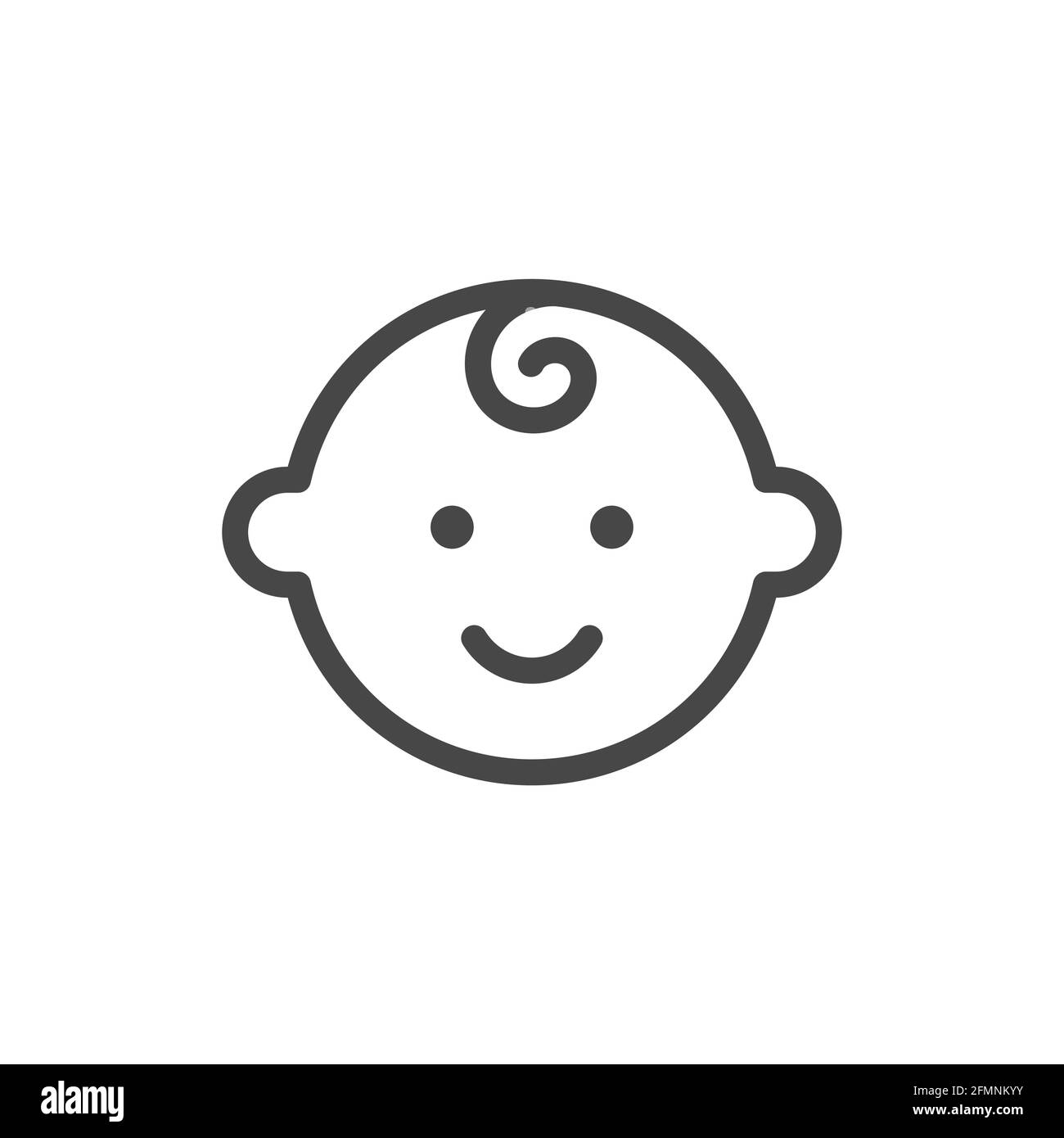This is our third child. We thought we knew what we were doing, at least a tiny bit. Both of her siblings by 4 had figured out that everyone else in the family has wants and needs too and that the world doesn’t revolve around them.
4yo mini is growing and maturing in most other ways. She just really struggles with not getting her way.
A typical conversation:
- Mini: I want my pink bunny
- Dad: You can have your bunny when we get home, but right now we’re going to school (preschool), and we’re not going to turn around. Also, stuffed animals from home aren’t allowed at school.
- Mini: But I want it!
- Dad: It’s okay to be sad. You’ll see pink bunny soon. You have your teddy bear in the car, hug him.
- Mini: I don’t want teddy bear. I want pink bunny!
- Dad: We don’t always get all of the things we want. It’s okay to be sad, but we’re not getting pink bunny now. We’re already on the way to school and your brother and sister don’t want to be late.
- Mini: But I want it!
- Dad: Sorry
- Mini: (5-minute tantrum)
- Mini: (Eventually gets tired of crying or gets distracted) Let’s play I Spy!
Any tips? Anyone else have children that struggled to understand they can’t have everything they want at that age?
I’m especially interested in different ways to phrase it, games, role-play, etc. - anything to help get the concept through and have fewer tantrums.


Seems pretty natural for a 4 year old to not always understand their own emotions. “Main character syndrome” seems a little harsh to me.
There might be some emotions around going school/leaving home that your daughter doesn’t fully understand. Maybe exploring emotions with fiction will help. The book color monster by Anna Llenas was great in helping my son better understand his own emotions.
I also noticed you are addressing both the rabbit and the emotion in the following sentence.
This can be hard to parse for a four year old. My son is almost getting four and he has quite the temperament. I’ve learned that it really helps to disconnect the emotion from the “trigger” by acknowledging it and talking about the emotion and how to deal with it in isolation.
Him: I wan to brink my truck!
Me: you can’t bring the trucks.
Him: give me my truck I want it.
Me: No, we’ll have to keep it at home.
Him: crying I want my trucks.
Me: Does that make you feel sad?
Him: yes I want my truck.
Me: nohh, it’s no fun to be sad!
Him: booooo
Me: I know of something that helps when you’re sad!
Him: huh?
Me: feeling sad is no fun at all. It helps to get a really nice hug when you feel sad.
hug
Him: smile
Me: do you feel better?
Him: a little
Me: Alright let’s go!
Him: okay sob
We’ve performed this act quite a few times and pretty often other topics pop up throughout. Talking them to their conclusions really clears the air and is a big bonding experience.
We’ve been dealing with anger and sadness mostly. When your daughter is angry it’s important to let her vent. She might need some help to start venting but it shouldn’t be to hard to get her going. When she’s scared it’s important let her know you’ll be there to help her confront it and she’s sad she’ll need some comfort/security. Hugs seem to do the trick for us.
TLDR:
“Main character syndrome” wasn’t meant seriously, I think it’s a funny phrase people use to talk about adults who are a little self-centered. It’s completely normal for toddlers to be self-centered - they’re learning to take charge of their body and take care of their wants and needs! They need to master that before they can start taking into account others’ wants and needs too.
I think that’s a really good point about separating the emotion and the cause for the emotion. Thanks.